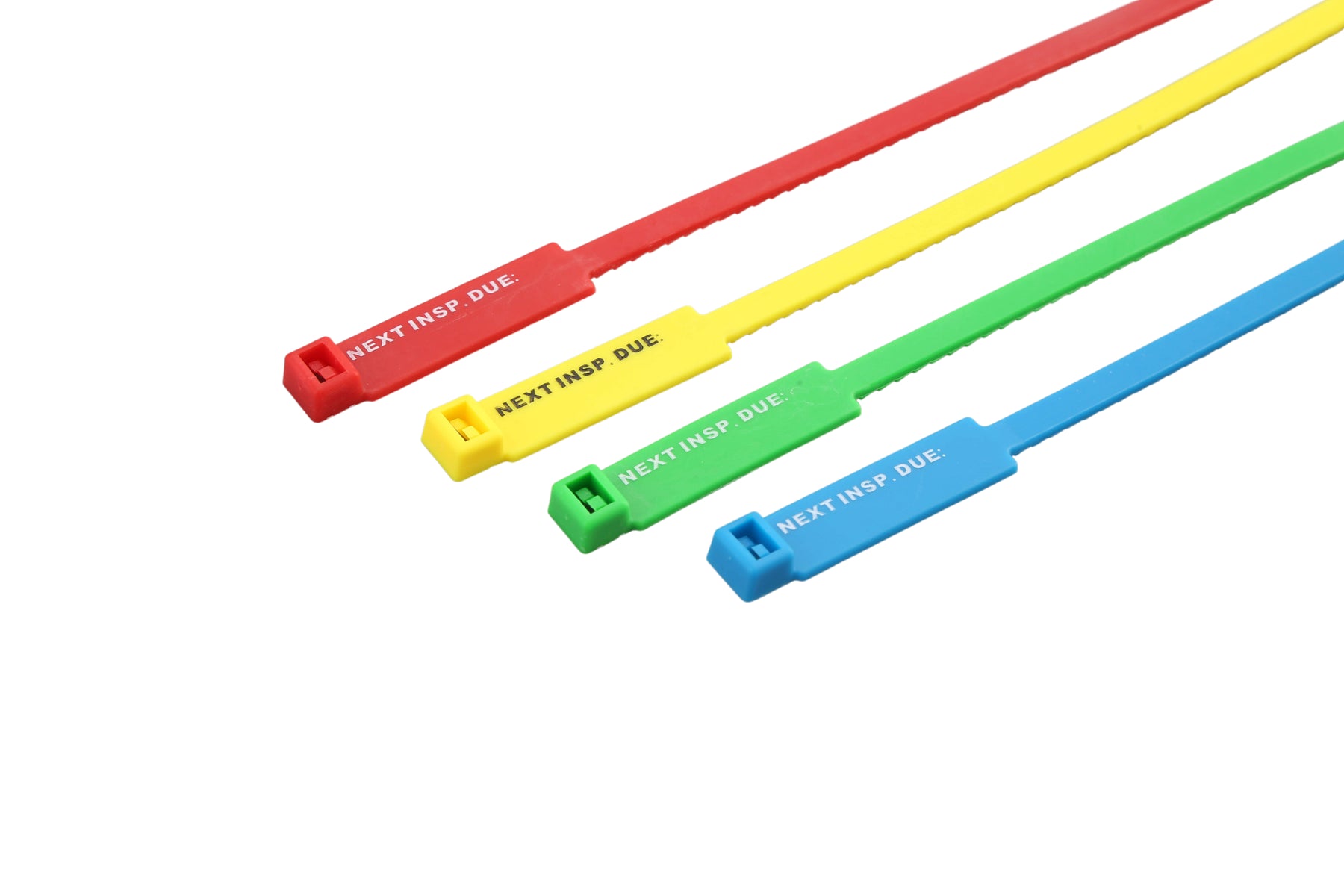
A Comprehensive Guide to Lifting and Rigging Equipment Test Frequency
In the world of lifting and rigging, safety is paramount. Ensuring that equipment is regularly inspected and maintained is a critical part of the safety equation. Both in Australia and internationally, inspection frequencies for various lifting equipment, from soft slings to anchors, are guided by specific standards and can vary widely. This blog post provides a comprehensive look at the inspection frequency requirements in accordance with Australian Standards.
Inspection Frequency: When Should Inspections Occur?
The question of how often inspections should take place doesn't have a one-size-fits-all answer. There are two main categories of inspections commonly referenced in Australian Standards: in-service and periodic inspections.
In-Service Inspections
An in-service inspection requires a visual check before each use. Before every lift, the user should closely examine the equipment, including slings, hooks, and lifting points, to make sure there's no substantial wear or damage, and that the Working Load Limit (WLL) tags or markings are intact and legible. If any faults are detected, the equipment must be removed from service and evaluated by a qualified individual.
Periodic Inspections
These are more comprehensive inspections where the equipment is cleaned and checked in a well-lit place by a trained inspector. Adequate documentation of these inspections is also required. The frequency of inspections may depend on various factors such as the extent of usage, environmental conditions, and specific types of lifting gear.
General Guidelines for Inspection Frequencies
| Item | Standard | Frequency |
|---|---|---|
| Soft Slings/FWS | AS1353.2 | Slings shall be inspected by a competent person at intervals of service of not more than 3 months. |
| Chain Assemblies | AS3775.2 | Periodic inspection by competent person. Suggested 12 monthly intervals. |
| Lashing Chain | AS4344 | Regular inspection by the user. |
| Wire Rope Assemblies | AS1666 | Recommended periodic inspection by a competent person 12 monthly, subject to usage. |
| Lifting Clutches | AS3850 | A proof test using a load equal to 1.2 times the WLL shall be conducted and recorded at least 12 monthly intervals. |
| Lifting Beams | AS4991 | Lifting devices shall be inspected by a competent person at intervals specified by the manufacturer or by the competent person. Suggested 12 monthly. |
| Monorail/Gantry | AS1418.3 | Initial inspection not greater than 2 years (in first 6 years), then 12 monthly. At the time of commissioning only each hoist shall be proof loaded to 100% of its rated capacity AS1418.3, 1418.18. |
| Harnesses/Lanyards | Operator inspection | Before and after each use. Documented inspection 6 monthly by height safety equipment Inspector. |
| Horizontal or vertical lifelines - Webbing or fibre ropes | Documented inspection | 6 monthly by height safety equipment Inspector. |
| Horizontal or vertical lifelines - Steel rope or rail | Frequency of inspection | By height safety equipment Inspector as recommended by the manufacturer, a maximum of 5 yearly. Documented 12 monthly inspection in the absence of such recommendations. |
| Anchors chemical & mechanical - If not secured with nut | Proof load yearly | Rating 15kN 1 person, 21kN 2 people. Must be documented. |
| Anchors chemical & mechanical - Anchor nut secured | No proof load | But structure needs to be tested or engineer certified. |
| Type 1 Fall Arrestors | Rope grabs, lad safe, lifeline | Annual documented Inspection by height safety equipment Inspector. |
| Type 2 Fall Arrestors | Self-retracting lifelines | 6 monthly documented inspection. Service as recommended by the manufacturer to a maximum of 5 years. 12 monthly in the absence of such recommendation. Completed by height safety equipment inspector. |
| Type 3 Fall Arrestors | Self-retracting lifelines with winch | 6 monthly documented inspection. Service as recommended by the manufacturer to a maximum of 5 years. 12 monthly in the absence of such recommendation. Completed by height safety equipment inspector. |
Streamlining Inspection Schedules with Next Inspection Due Tags
Investing in our Next Inspection Due Tags isn't merely a purchase; it's a commitment to safety, assurance, and peace of mind. Here's why:
- Vibrant, attention-grabbing colours: Ensuring critical safety information never goes unnoticed.
- Resilient in harsh conditions: Durable enough to withstand the most challenging work environments.
- Personalised write-on surface: A dedicated space to jot down the last inspection date and any other essential details - just write, attach, and relax!
- Assorted colour options: Choose the colour that best suits your safety system.
- Packaging options: Available in packs of 100 or mixed packs of 40, so you can choose what best fits your needs.
Conclusion
The importance of adhering to inspection frequency guidelines cannot be overstated in the field of lifting and rigging. By meticulously following the Australian Standards for both in-service and periodic inspections, organizations ensure the safety and integrity of the equipment, reducing the risk of accidents and malfunctions.
A well-defined and properly implemented inspection regime not only complies with legal obligations but also fosters a culture of safety and responsibility. By understanding the unique requirements of various equipment types and adjusting the inspection routines as needed, those in charge of lifting and rigging can provide a secure environment that upholds the highest standards of quality and safety.
Whether it's a visual check before each use or a more comprehensive yearly examination, each inspection serves as a vital link in the chain of operational excellence.


Leave a comment